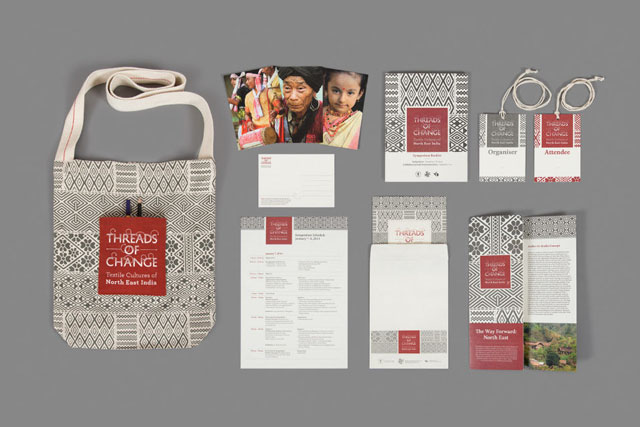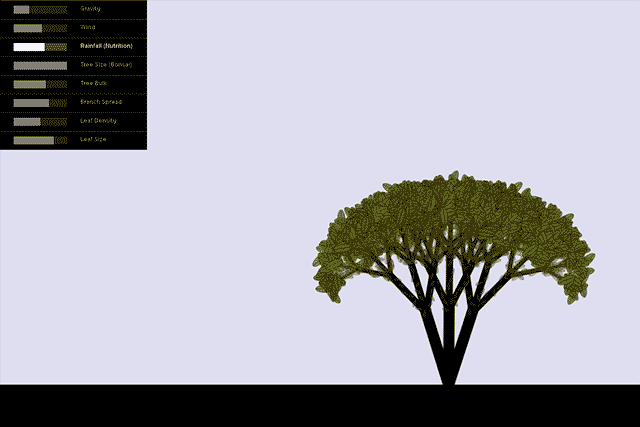“future, dear.”
this page is now outdated ; apologies. please read this new link instead. —2023.05
i spent a month as a resident at srishti, bringing objects from 2038, india, back to the present (2023). we employed design fiction (and lo-fi prototyping) to imagine a future for our world: keeping it inclusive, vernacular, frugal and nuanced.
archaeologists are like time-travelers: they travel back into the past, bring back artefacts, and show them to us (so that we can imagine what life was like, back then). instead of going back in time, however, what if archaeologists could travel into the future and collect artefacts from there? what if they brought back people’s favourite objects, or life-critical possessions? would we want to live in that future? will those artefacts force us to think: “is there anything we can do, today, to lead ourselves to the most desirable future possible?”
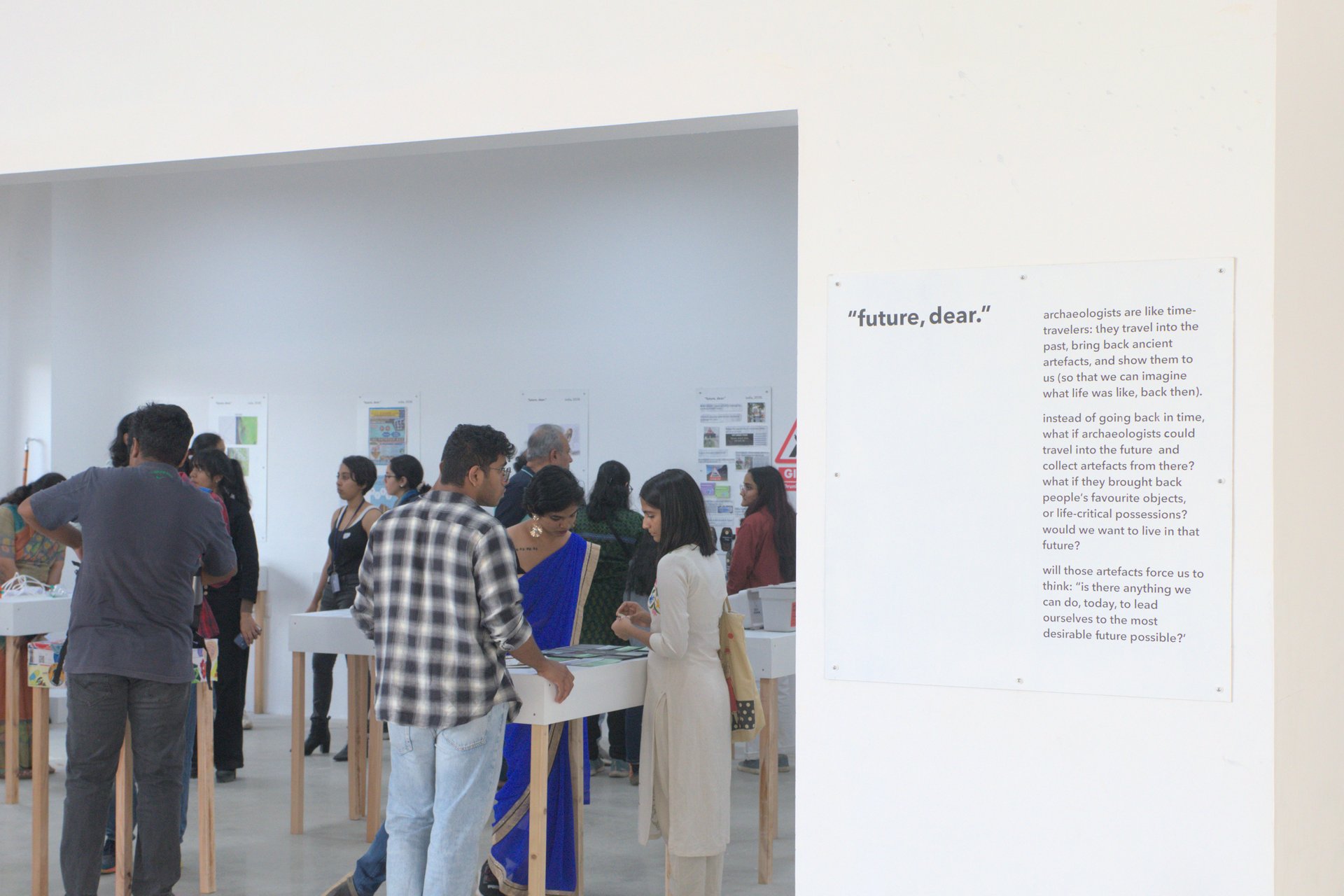
focusing on the indian context, we wanted to highlight on topics that could affect people in this part of the world within the next 15 years: flooding, overflowing landfills, air pollution, gender parity, alcoholism, work-related health issues, loss in biodiversity, food insecurity, etc.
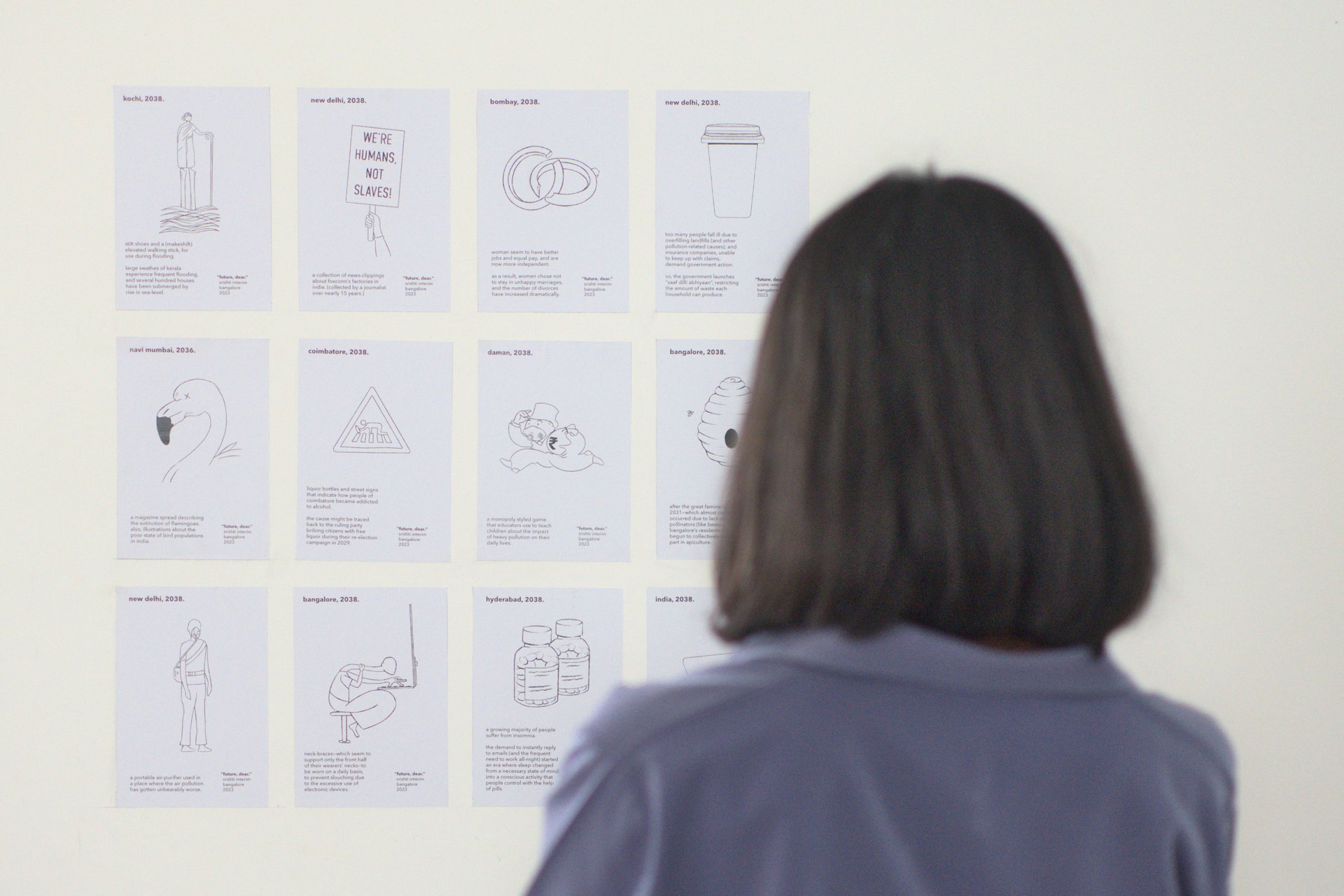
we fashioned simple objects: medicine bottles, instruction manuals, signages, clothing accessories, shoes, news clippings, face masks, cosmetics, stickers, posters, card games, bottles, and dustbins.
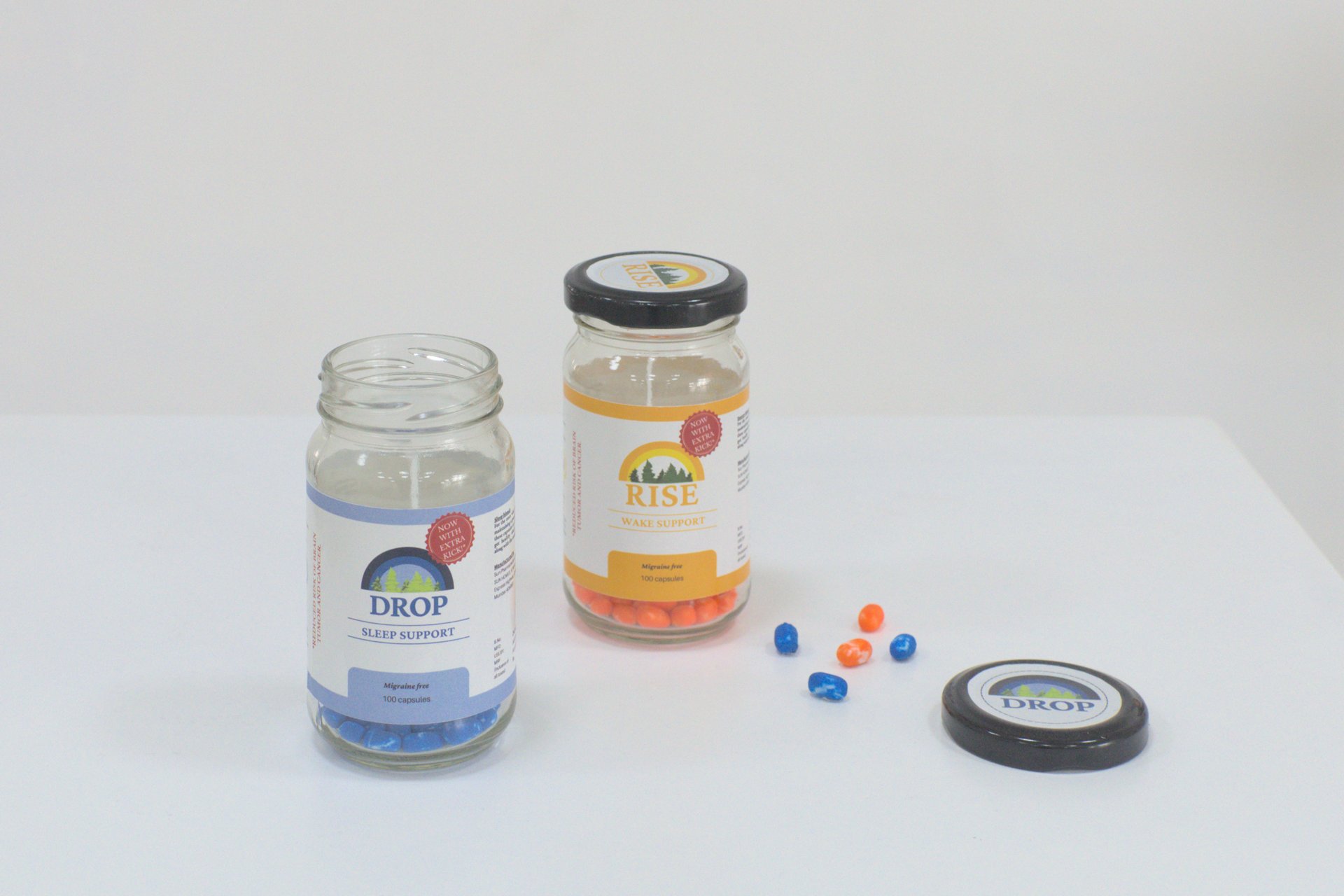
coping with sleep disorders caused by an “always available” work culture.
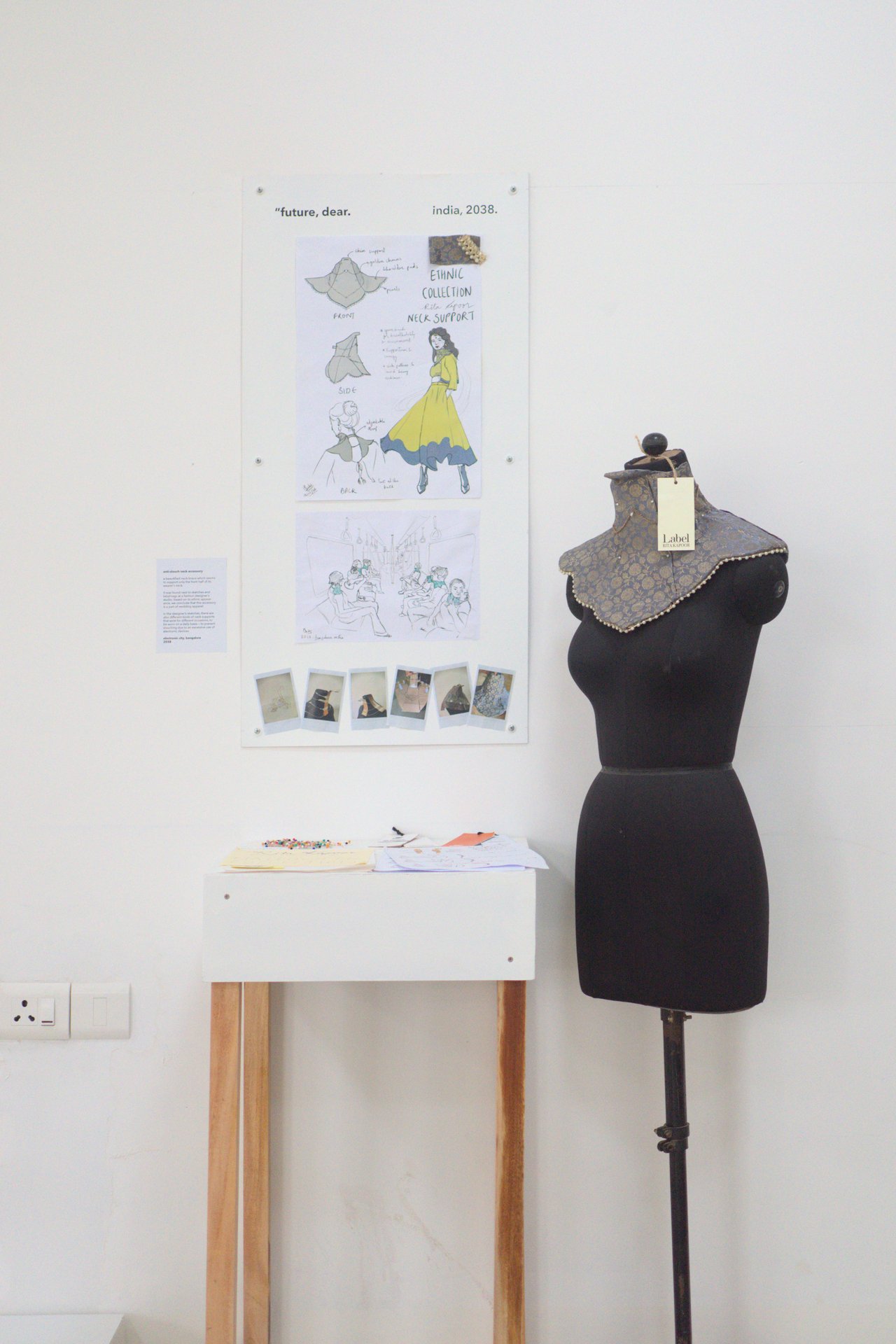
fashionable clothing accessories, to reduce back pain (caused by overuse of electronic devices).
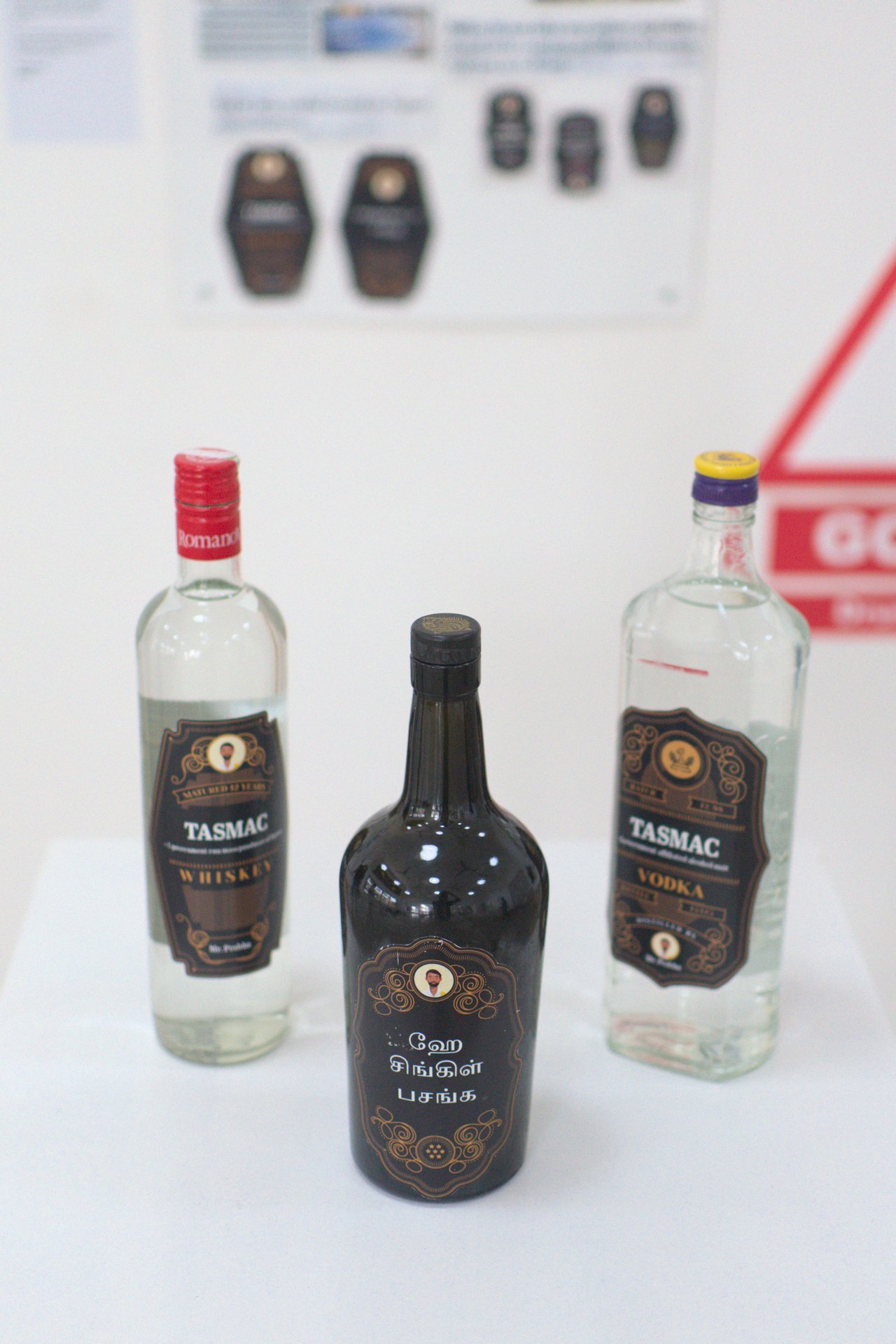
alcohol distributed at ration shops :a result of politicians promising free alcohol in exchange for votes. tamil nadu.
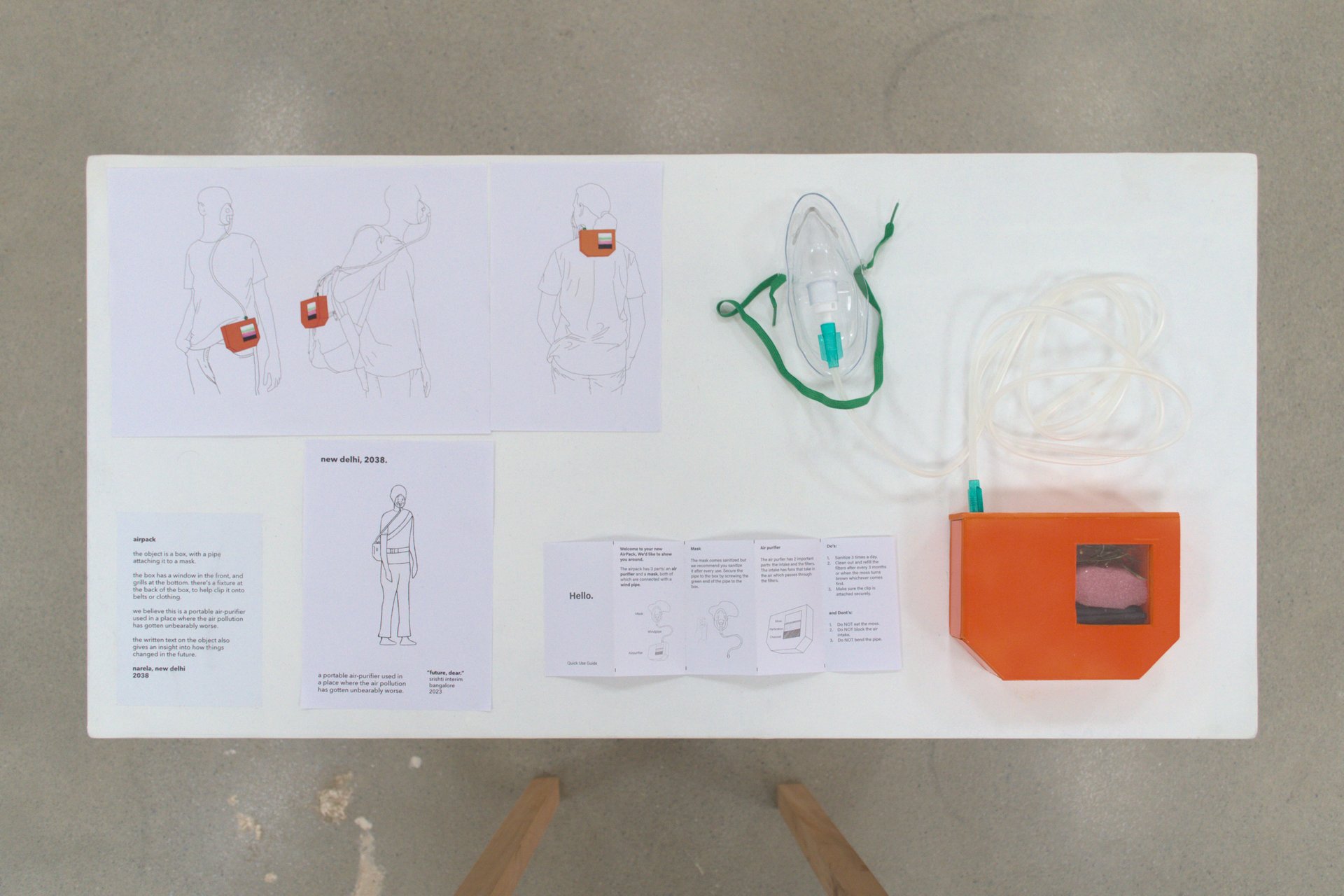
prototype of a breathing apparatus for delhi's residents.
the artefacts only had to invite the audience in (with an open-mind), so that we could discuss things that would otherwise have been uncomfortable for them. hence: our work was less about objects, and more about the conversations they facilitated in the audience.
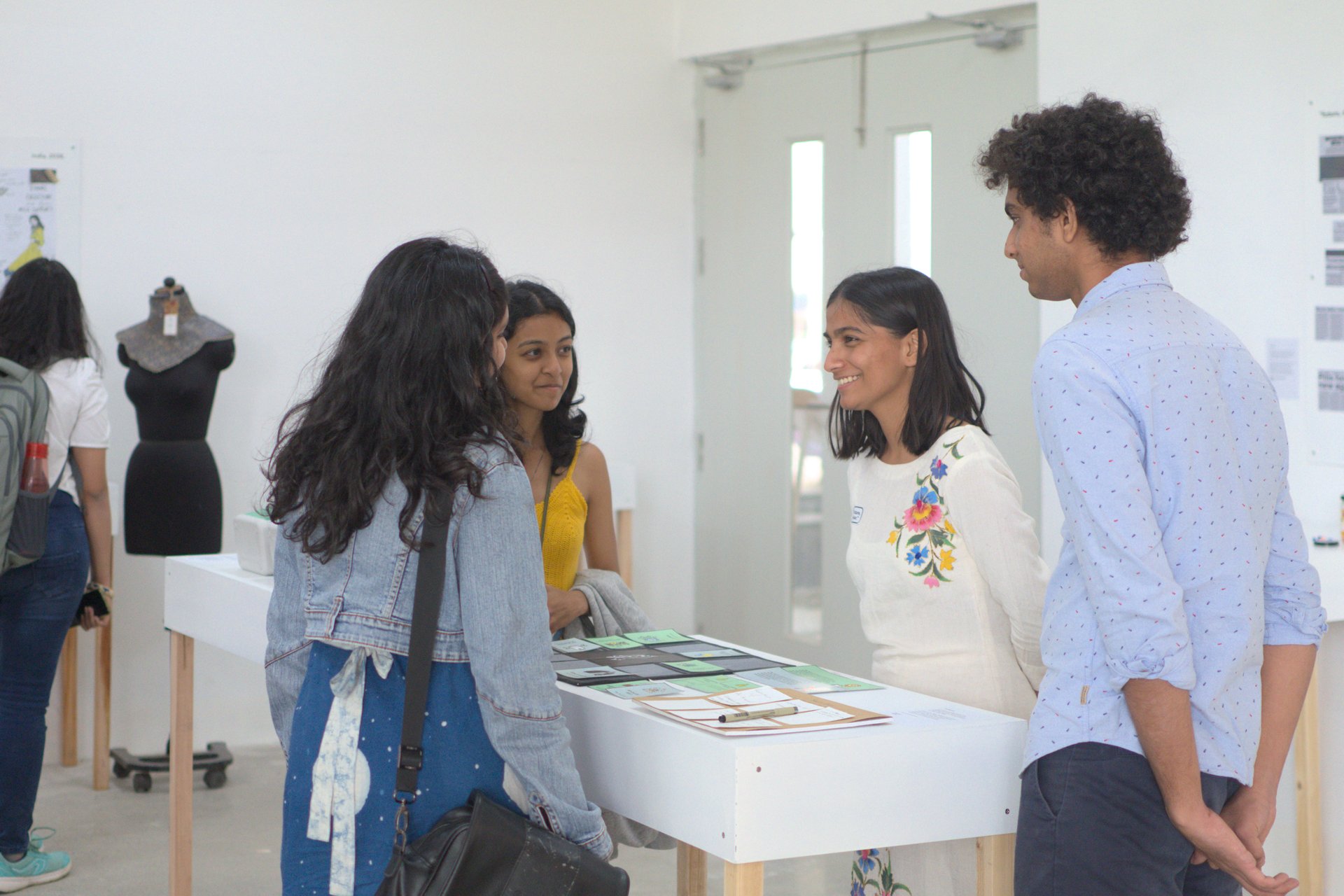
a monopoly-like board game to teach children about the true “cost of living” (due to healthcare costs, exigencies, insurances, safety measures, etc) in the climate crisis.
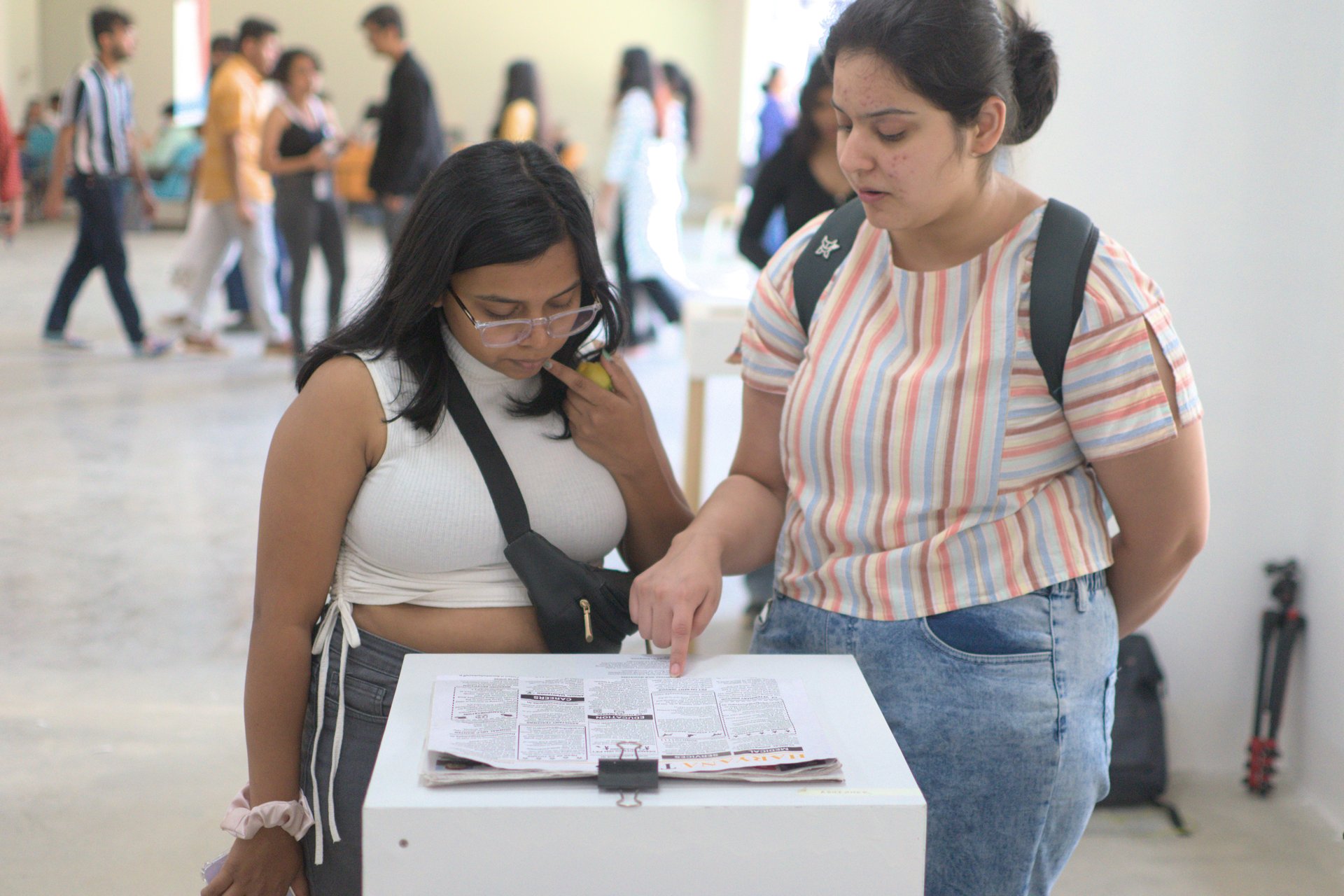
classifieds: seeking caregivers for the elderly (suffering from dementia and loneliness) in rural haryana.
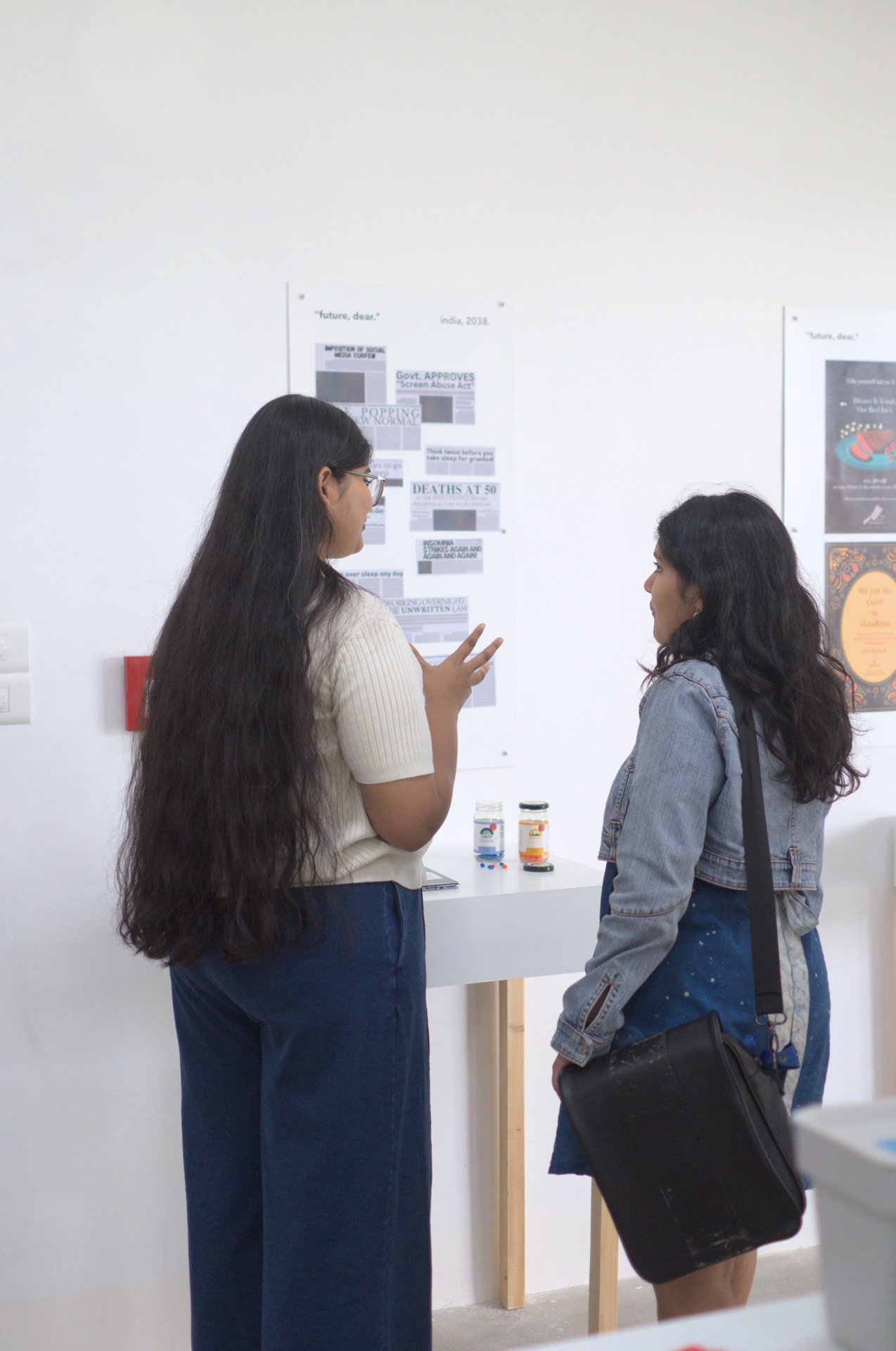
discussing long-term implications of an “always available” work culture.
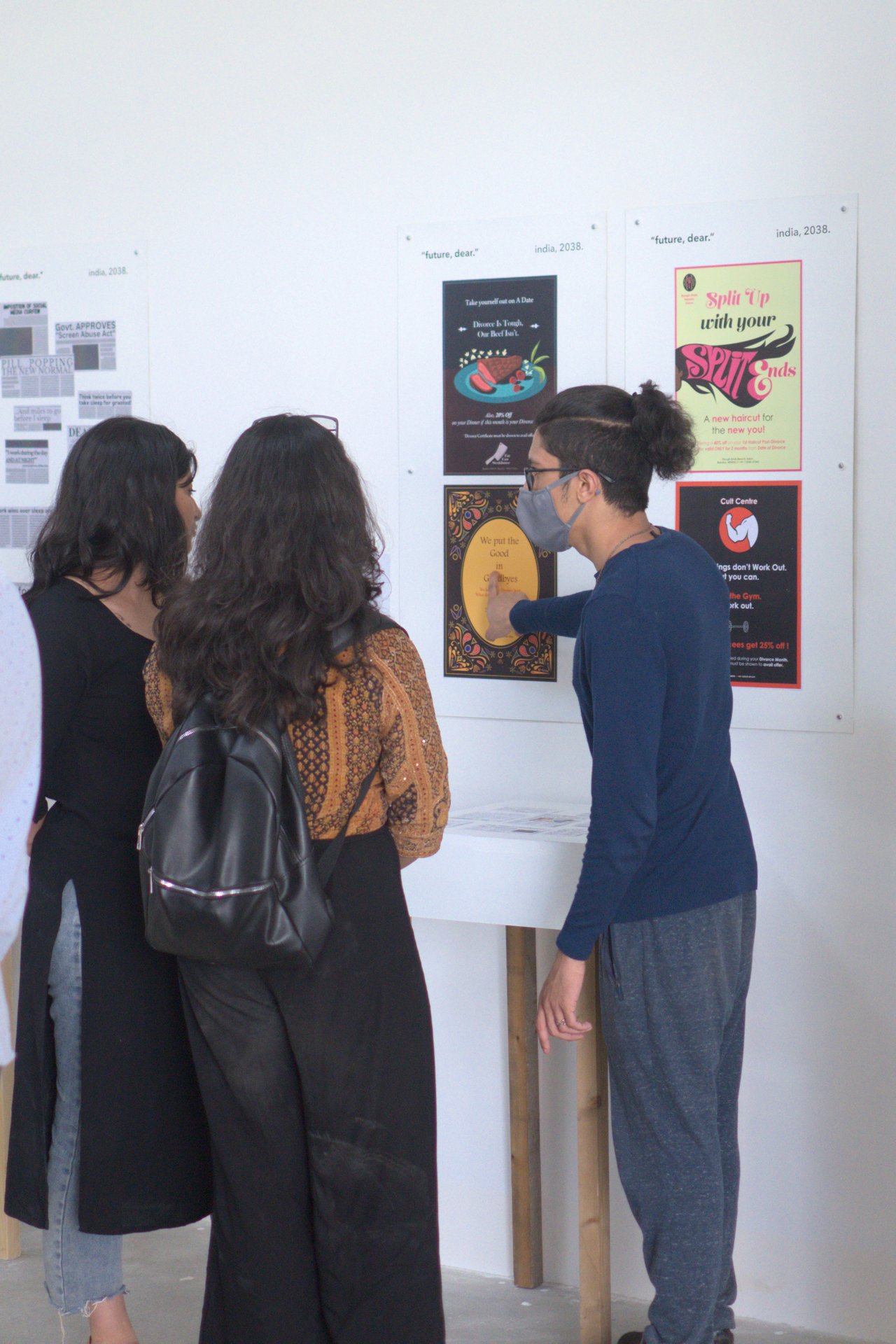
mainstream advertisements targetting women who are financially independent and, hence, choosing to leave unhappy marriages.
to help guide these conversations, we used sketchpads and other participatory methods as and when required.
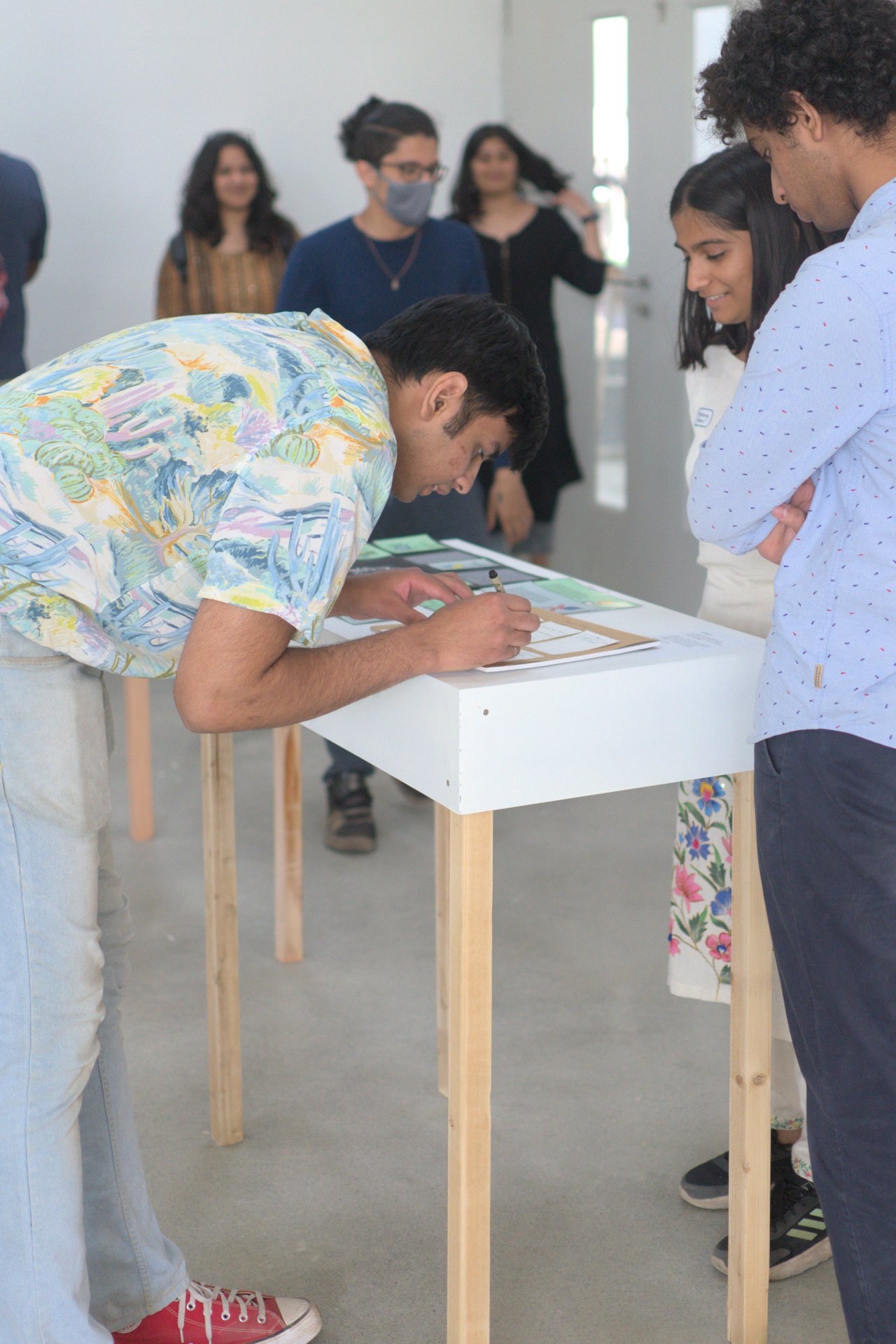
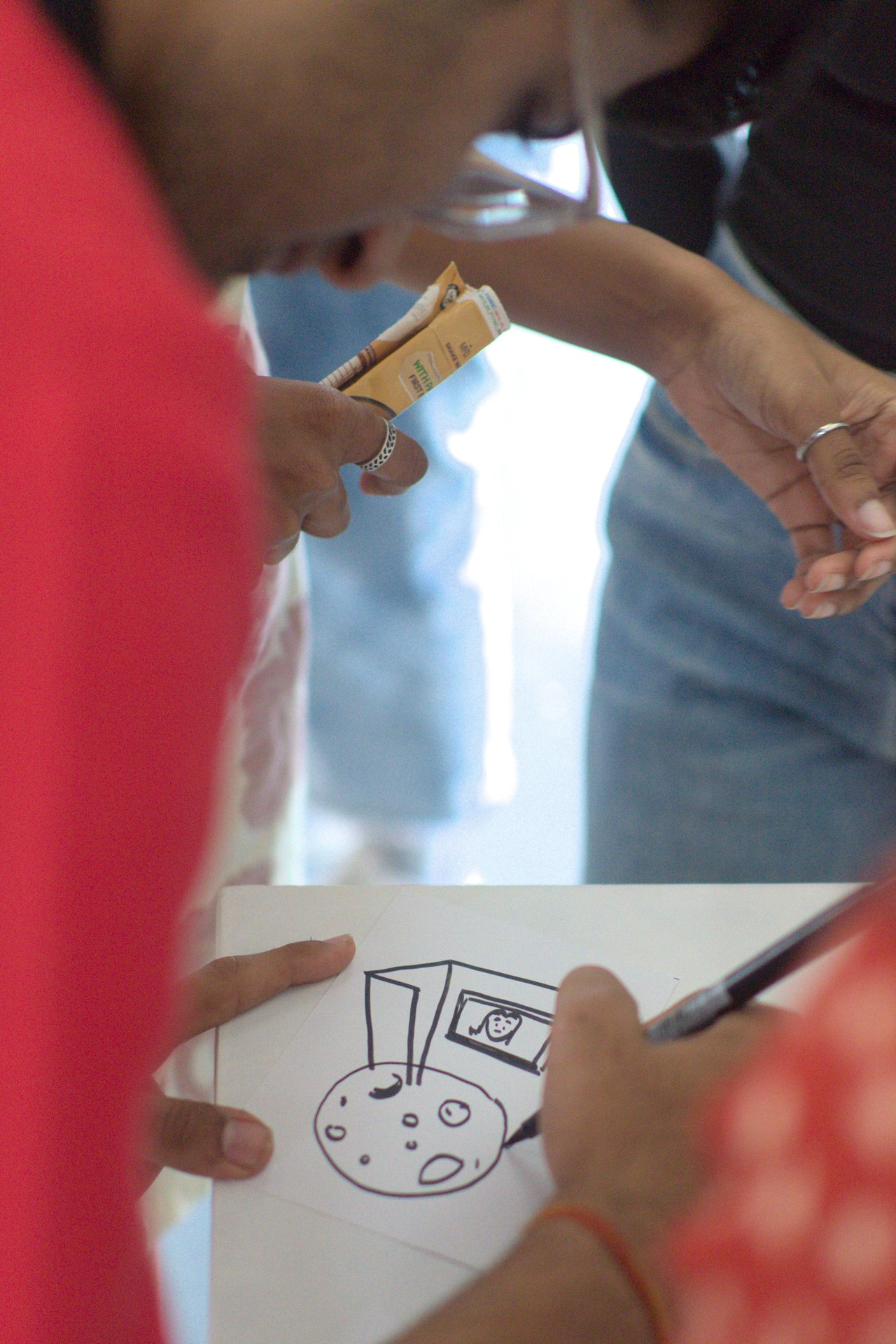
in order to keep our work relevant for (and accessible to) a wider audience, we used vernacular languages and in our communication, and let our work look mainstream (instead of making it look boutique or overtly sophisticated).
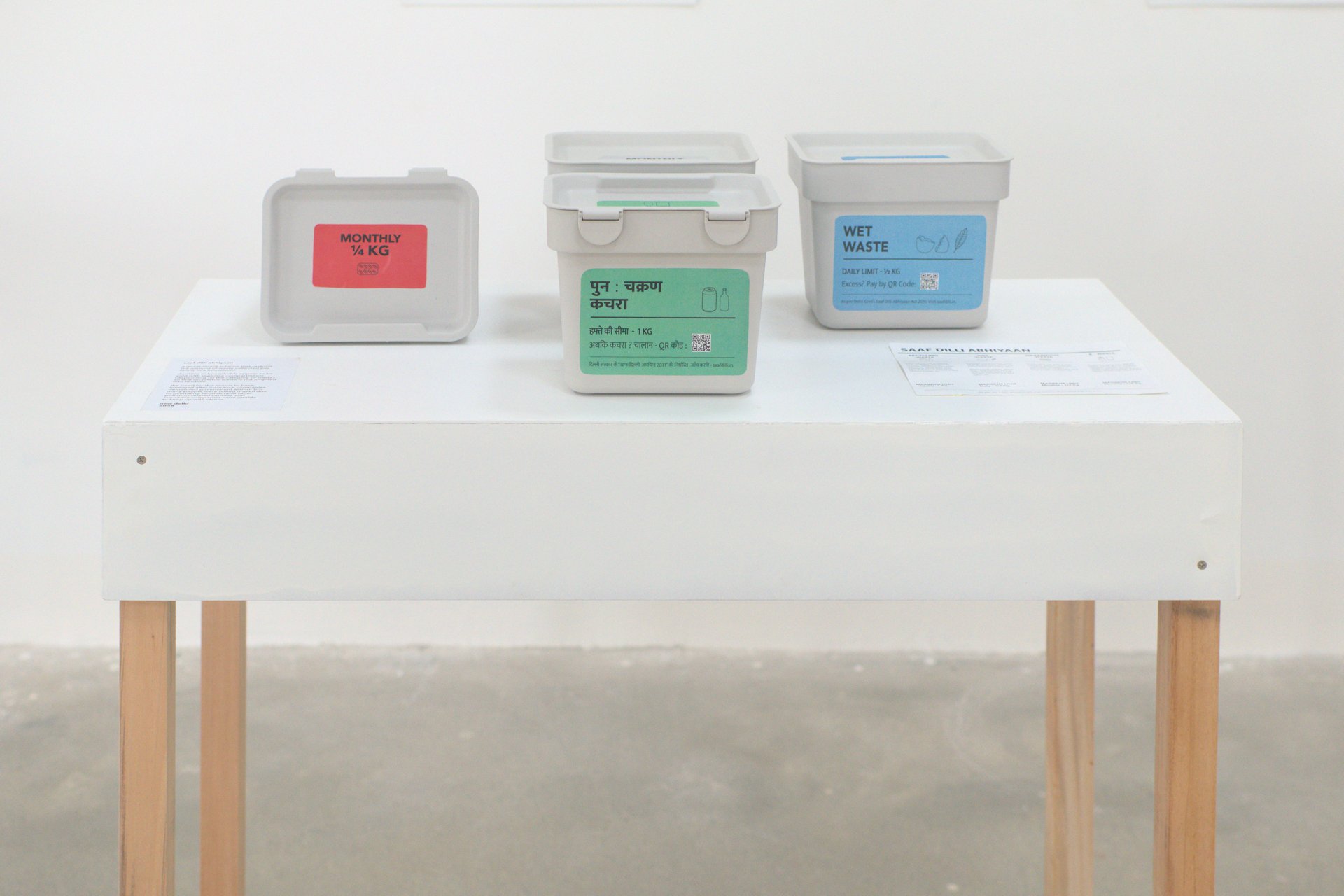
(ridiculously small) government-issued dustbins, to help delhi cope with overflowing landfills, poisoned soil, and water pollution.
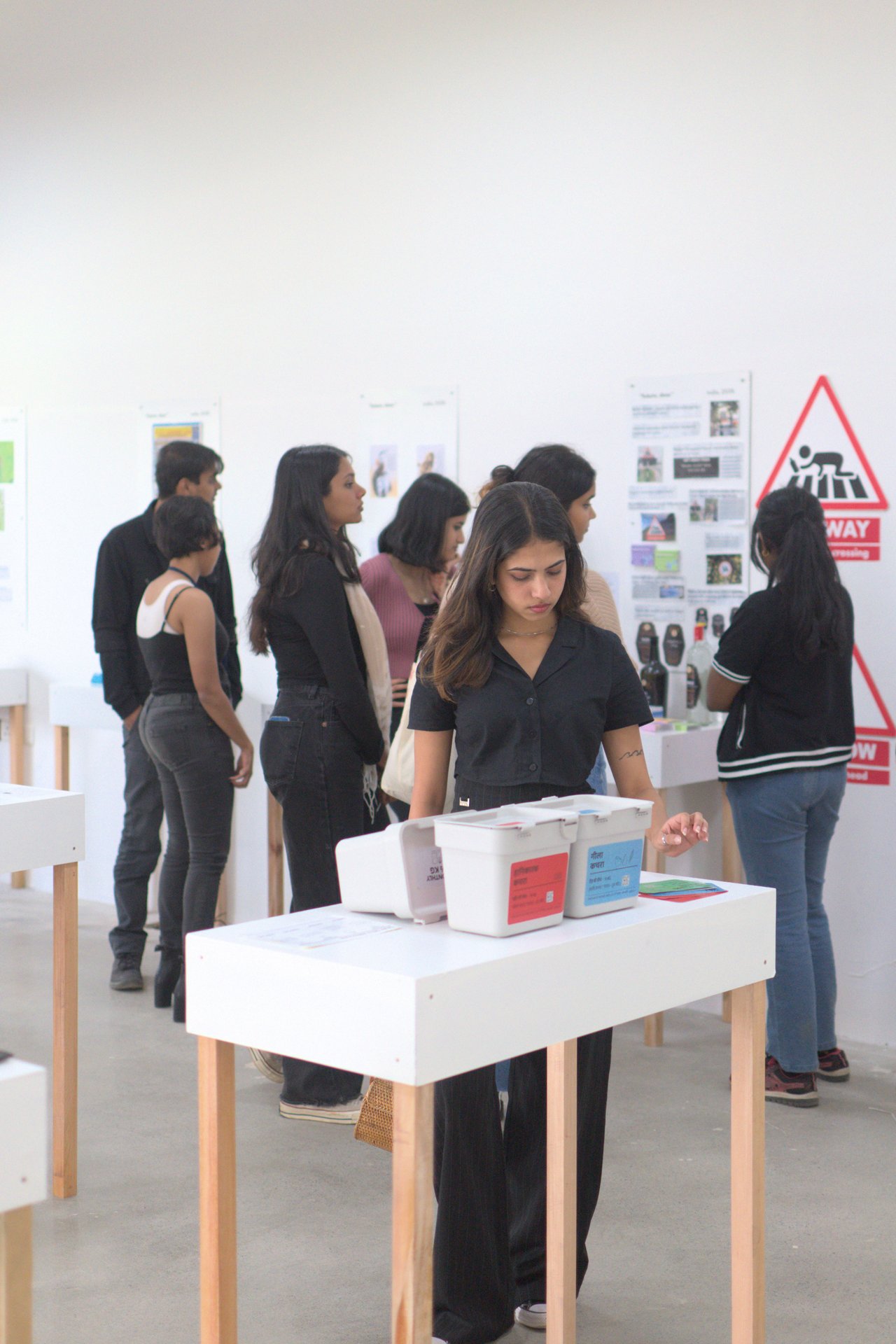
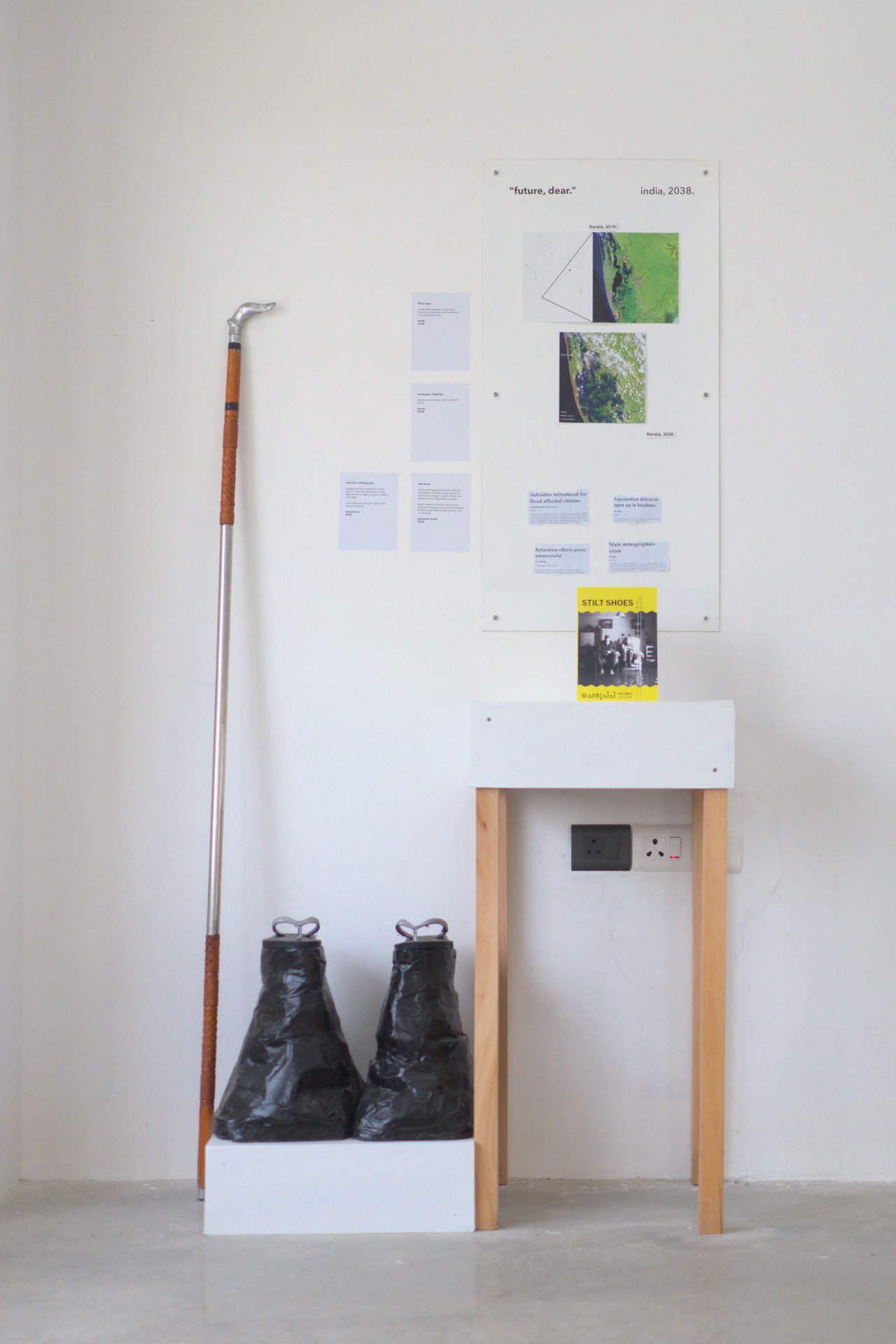
“stilt shoes” to be worn during (frequent, extensive and unpredictable) coastal flooding. kerala.
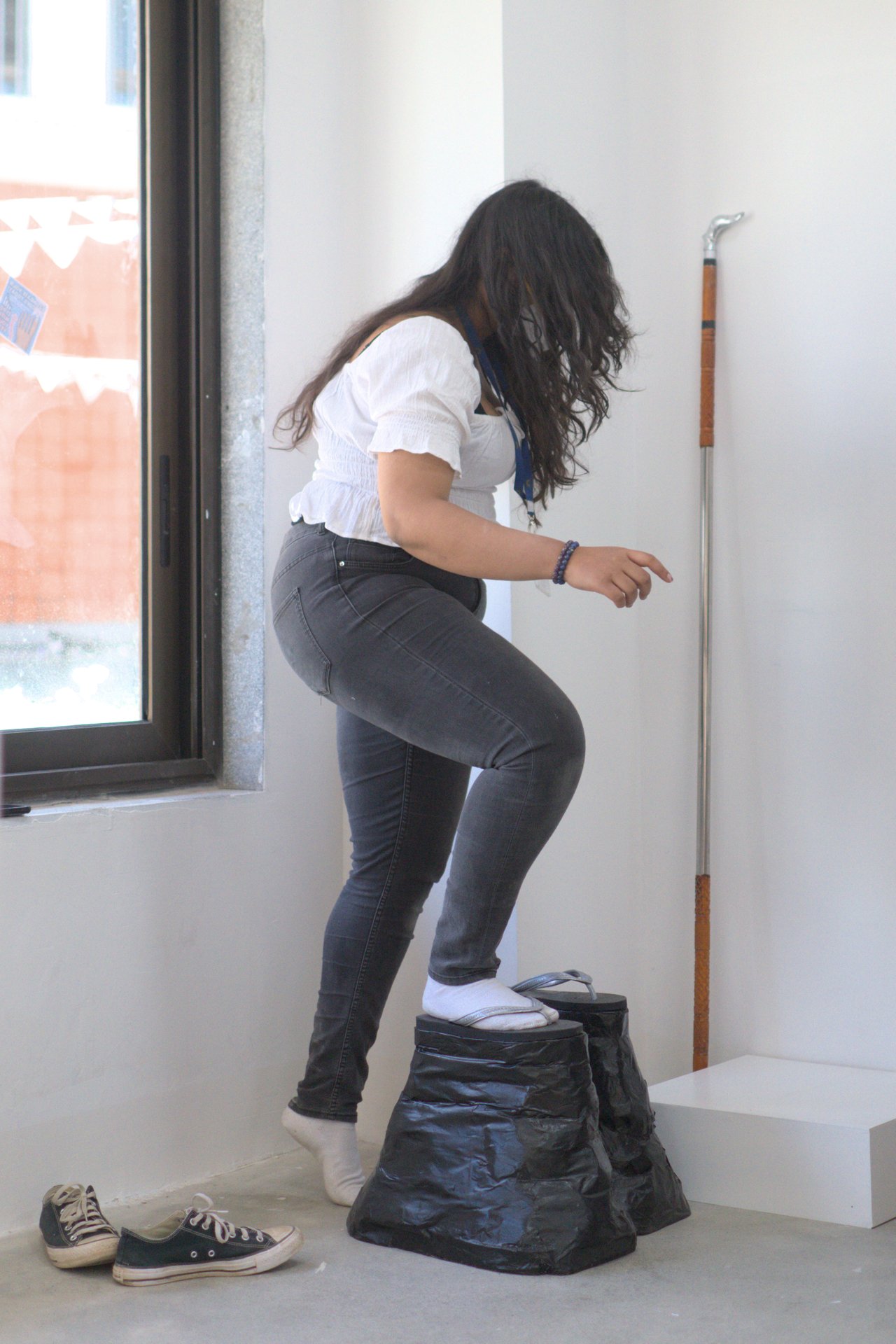
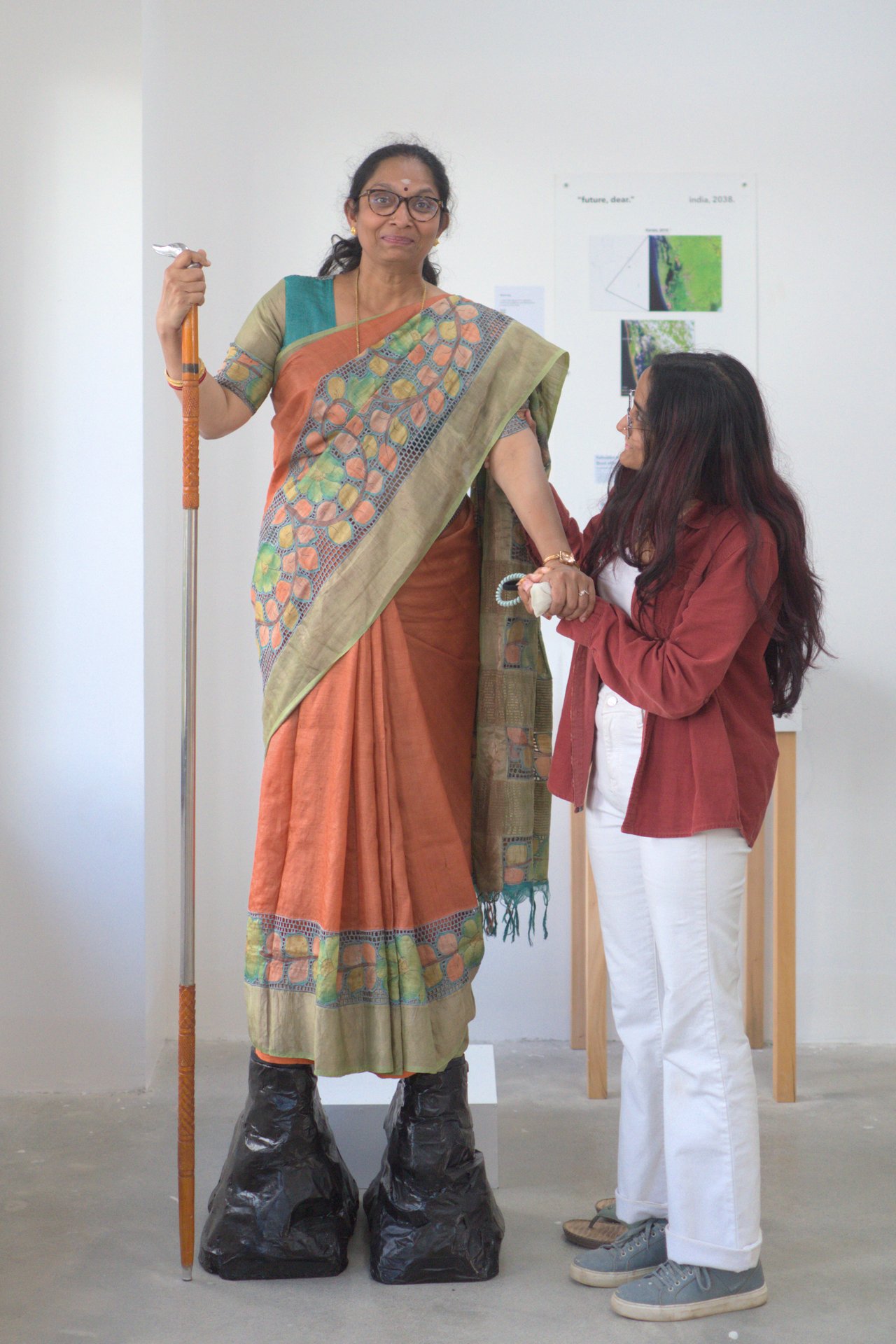
students: Aadishree Arora, Abhishek, Aryaman Valdiya, Ayushi Vakharia, Rakshin Nama, Jeeshitha Konduru, Manasi Mudvikar, Nivedita Praveen, Palak Agarwal, Poorvi Athani, Kamalaa Sri Mangai Subramanian, Samyukta Shanmugam, Nidhee Deshak, Shreya Mahesh, Sukitha Rao, Sukriti Mehrotra, Paras Singhal, Vaddiparthi Vishnu Prateek, niharika patil, Nandita Chowdary, Sasha Delilah D’souza, Sanjana Unni, riya sen.
a big shout to everyone who helped me plan and execute this: julian bleecker, and members from the design fiction community ; rohit, bianca, and shamik ; Meena vari and everyone at srishti for trusting me with their students (for a second time) ; hanoch samuel, who formed a bridge between srishti and me, and worked — tirelessly! — throughout the project ; katrin emler, sylvia and himanshi, and the folk at Bangalore Boulder who helped me stay grounded through this.





















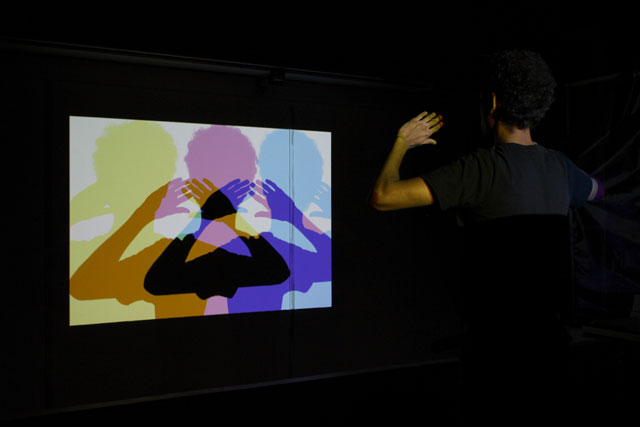



-640px.jpg)



